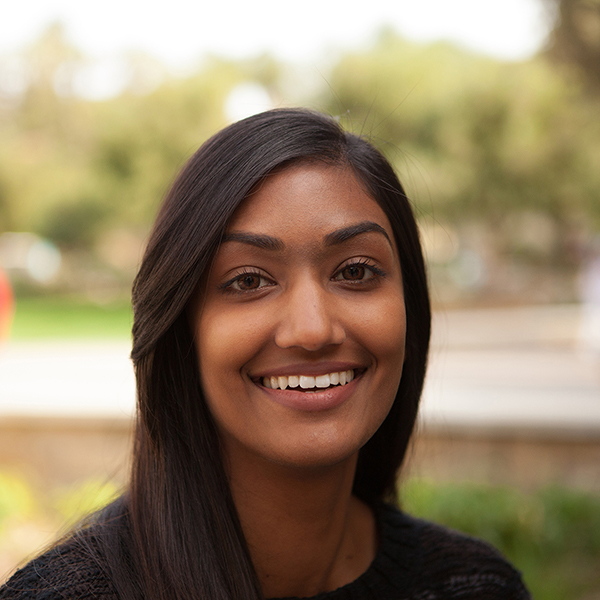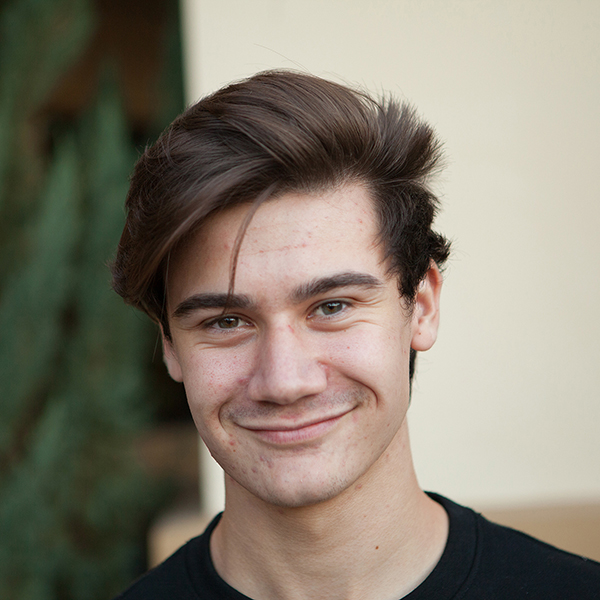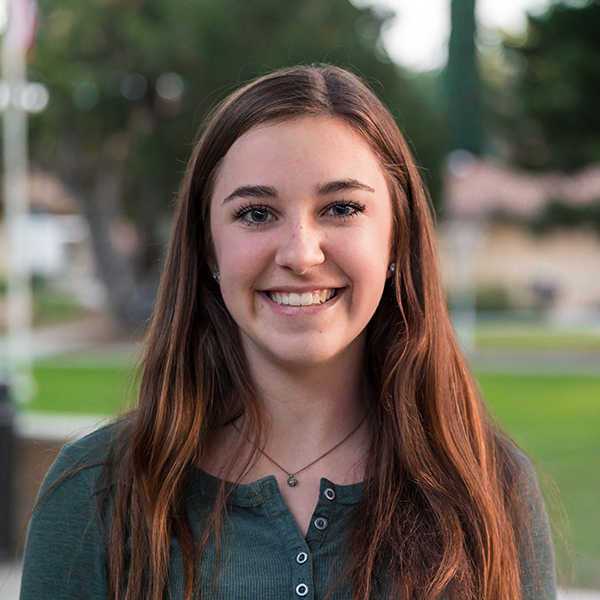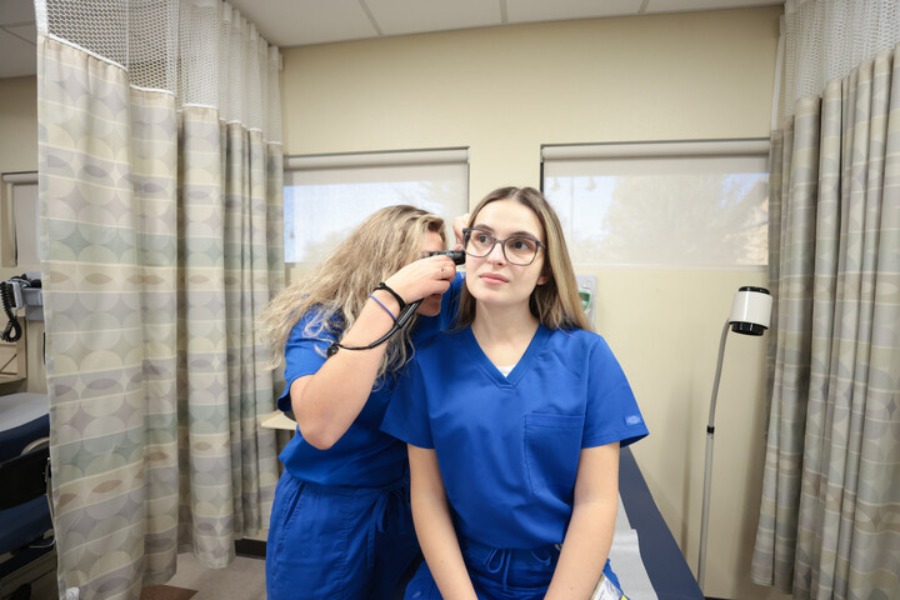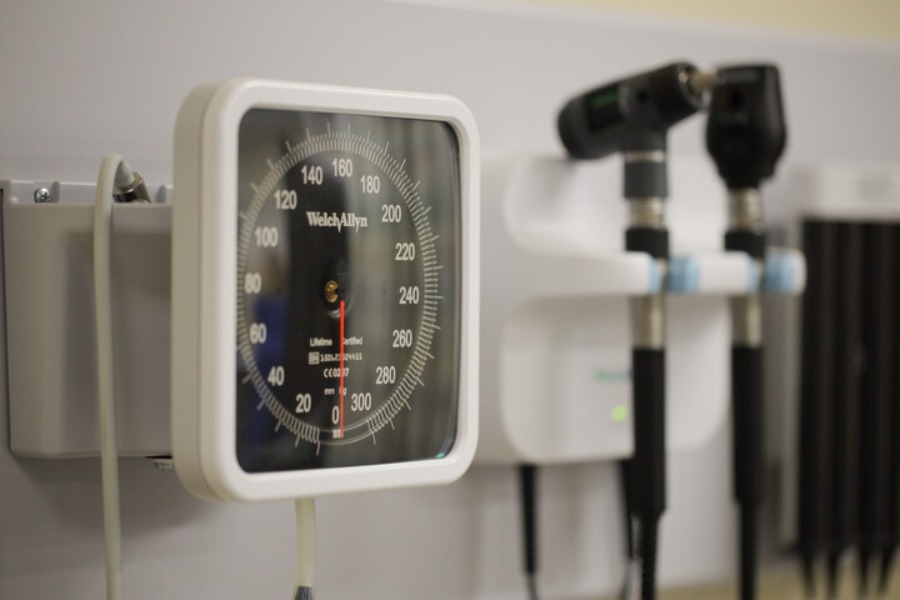
Communication Sciences and Disorders, BS
Helping people communicate effectively is one the most rewarding parts of being a speech-language pathologist.
Program Intro
In CBU’s communication sciences and disorders program, students participate in clinical observations, practicums and various community outreaches assisting individuals with communication disorders. They become well prepared for graduate school after years of working closely with CBU faculty, who are nationally published scholars and clinicians.
Why Study Communication Sciences and Disorders at CBU?
Students will be academically, professionally and spiritually prepared to pursue advanced studies in the field and implement biblical Christian faith and perspective into their work.
What You'll Learn
Students graduating with a BS in Communication Sciences and Disorders will learn to:
- Describe the basic human communication and swallowing processes, including the appropriate
biological, neurological, acoustic, psychological, developmental, and linguistic and
cultural bases. (Standard IV-B) (USO 1,2,3,4)
- Describe the nature of communication disorders and differences in areas of articulation,
fluency, voice, language, hearing, swallowing, cognition, social communication, and
communication modalities. (Standard IV-C) (USO 1,2,3,4)
- Describe basic knowledge of the principles and methods of the prevention, assessment,
and intervention for people with communication disorders. (Standard IV-D) (USO 2,3,5)
- Discuss contemporary professional issues, including standards of ethical conduct,
certifications, licensure and other relevant professional credentials, as well as
state and national regulations and policies relevant to professional practice (Standard
IV-E, H) (USO 1,2,5,6)
- Discuss contemporary professional issues, including standards of ethical conduct,
certifications, licensure, and other relevant professional credentials, as well as
state and national regulations and policies relevant to professional practice (Standard
IV-E, H) (USO 1,2,5,6)
- Use professional oral, written, and/or other forms of communication skills. (Standard
V-A) (USO 4,5)
- Describe how the Christian worldview informs the communication sciences and disorders professions. (USO 1, 2)
Program Details
CDS 320: Aural Rehabilitation
In this course students will study the effects of hearing loss on multiple aspects of life for all age ranges.
CDS 340: Clinical Methods and Procedures
Students will learn the entire clinical practice, including taking and giving referrals, taking case histories, assessing/treating patients, and writing documentation.
CDS 420: Articulation and Phonological Disorders
This course is designed to give students a basic foundation in the substrates of articulation and phonology.
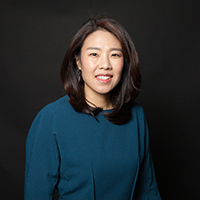
Namhee Kim, Ph.D.
Professor of Communication Sciences and Disorders
NSSLHA CBU Chapter Advisor
Office Phone: 951-552-8725
E-mail: nkim@calbaptist.edu
Office Location: Health Science Campus F75
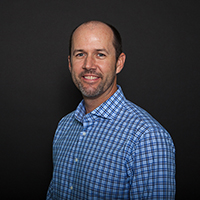
Bryan Ness, Ph.D.
Professor of Communication Sciences and Disorders
Department Chair, Communication Sciences and Disorders
Program Director, Speech Language Pathology
Office Phone: 951-552-8343
E-mail: bness@calbaptist.edu
Office Location: Health Science Campus, F76
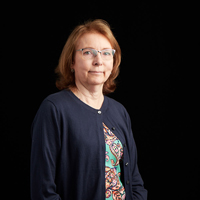
Cindy Sendor, M.A.
Assistant Professor of Communication Sciences and Disorders
Office Phone: 951-343-4655
E-mail: csendor@calbaptist.edu
Office Location: Health Science Campus, F79
Career Possibilities
Graduates of CBU's communication sciences and disorders bachelor's program will be well prepared for various careers in the industry. Some careers listed below may require further education.
- Speech-Language Pathologist
- Audiologist
- School Audiometrist
- Behavior Modification Specialist
- Researcher
- Consultant
- Special Education Teacher
Related Programs
Next Steps
Join our community. At CBU, you’ll be challenged to become an individual whose skills, integrity, and sense of purpose glorify God and distinguish you in the world.

